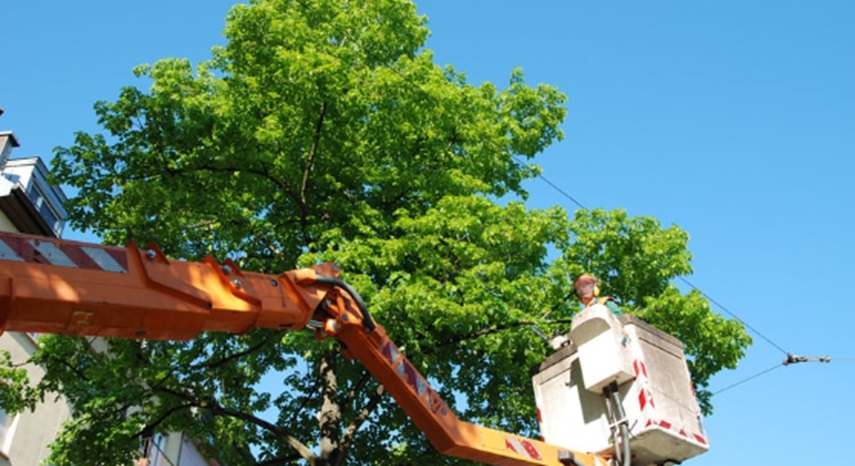Storms can cause significant damage to properties, with fallen trees and branches being one of the most common causes of destruction. Proactively maintaining your trees can reduce these risks and protect your home and surroundings. For residents in need of expert services, tree trimming in Canton, GA, offers specialized care to keep trees healthy and minimize storm-related hazards. Understanding the role of tree trimming and how it helps prevent storm damage is key to safeguarding your property.
How Tree Trimming Prevents Storm Damage
Proper tree maintenance is more than an aesthetic choice—it’s also a protective measure against unpredictable weather. Regular trimming enhances tree health while addressing potential risks. Below are the ways tree trimming helps prevent storm damage:
- Removing Weak or Dead Branches
Trees naturally accumulate dead or weak branches over time. These limbs may seem harmless on sunny days but become dangerous projectiles during high winds. Whether due to advanced age, pests, or diseases, weak limbs can snap off and cause damage to roofs, vehicles, or even people. Trimming these branches early significantly reduces their ability to cause harm when storms hit.
- Reducing Wind Resistance
One of the primary reasons trees fall during storms is their inability to withstand fierce winds. Overgrown canopies act like sails, catching wind and creating resistance, which can push trees over. Thinning out the canopy during routine trims allows wind to pass through instead of exerting full force on the tree. This simple precaution can prevent uprooting and protect nearby structures from damage.
- Keeping Trees Balanced
A tree with uneven or lopsided growth is more likely to topple during storms. Regular trimming corrects this imbalance by redistributing weight equally throughout the tree. Balanced trees are better equipped to withstand turbulent weather conditions, ensuring both the tree’s survival and the safety of your property.
Knowing the Right Techniques
Effective trimming goes beyond cutting off a few branches—it requires proper methods to promote the health and longevity of a tree. For example, understanding the essential guide to trimming lower tree branches helps homeowners ensure they’re not only protecting their property but also encouraging proper tree growth and structural integrity. Techniques like these ensure your trees remain robust and resilient year-round.
Tree Trimming and Property Protection
Trees do a lot of good for your property, but without routine maintenance, they can also pose serious risks. Falling branches during storms can shatter windows, puncture roofs, and damage fences or power lines. Worse yet, an unstable tree can completely collapse, causing massive destruction to your home or yard.
Investing in professional tree trimming not only protects your property during storms but can help reduce long-term costs. Post-storm clean-ups and repairs due to unchecked tree damage often cost homeowners far more in the long run than preventative maintenance.
Why Professional Tree Services Matter
While DIY tree care may seem tempting, storm damage prevention often requires the expertise of professional arborists. Professionals understand tree structures and know how to identify issues beyond the surface, such as diseases or internal decay. They also have the equipment to safely manage large or hard-to-reach branches.
Homeowners benefit from services like the importance of professional tree trimming for homeowners, which highlights how professional expertise can save time, money, and potential hazards. Additionally, professionals can ensure compliance with local regulations concerning tree removal or maintenance, keeping you out of legal trouble.
Long-Term Benefits of Tree Trimming
Beyond storm prevention, regular tree trimming offers numerous long-term benefits. A well-maintained tree is less likely to harbor pests or diseases that could weaken it over time. Additionally, proper trimming improves sunlight penetration and airflow, which promotes healthy growth. Overall, these benefits contribute to creating a safer, healthier, and more attractive landscape.
Conclusion
Storm-related damage can often be prevented with regular tree maintenance. By addressing weak limbs, reducing wind resistance, and maintaining tree balance, trimming serves as a crucial step in safeguarding your home and yard during extreme weather. By consulting experts and committing to regular upkeep, you not only reduce risks but also enhance the beauty and longevity of your outdoor spaces. Make tree trimming a priority today to protect and preserve your home for years to come.





